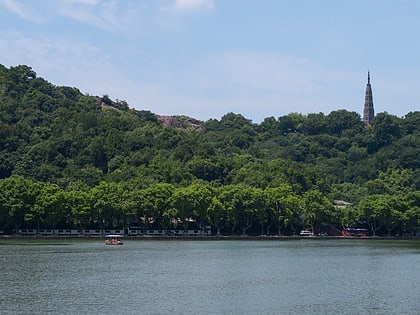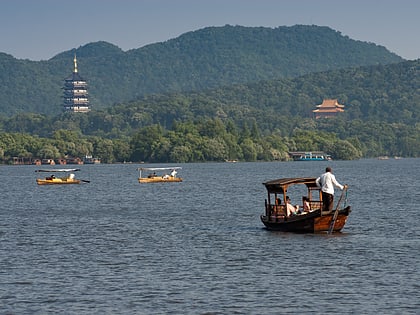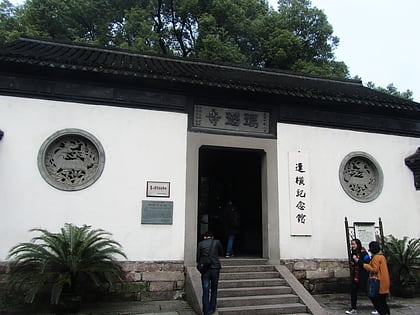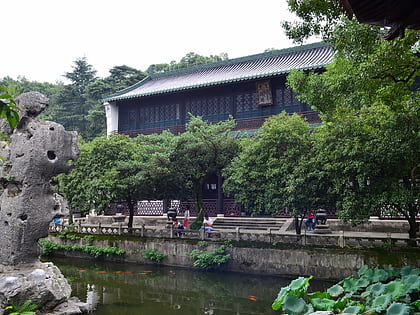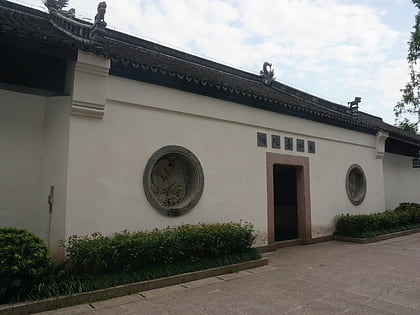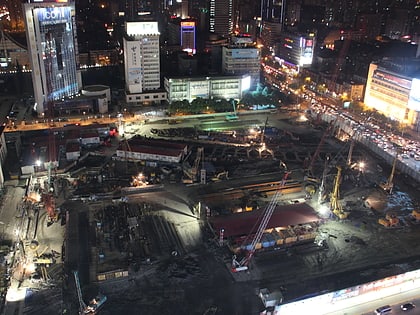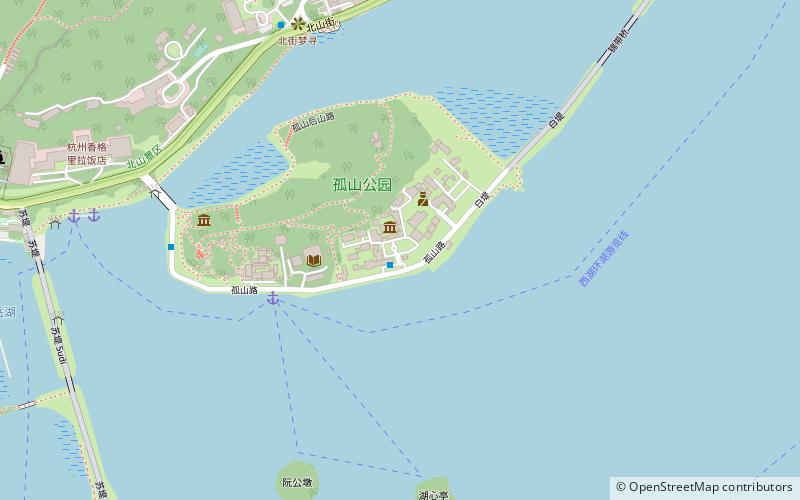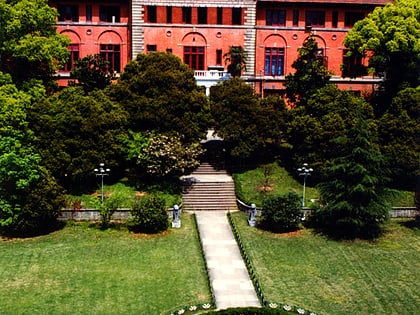Baochu Pagoda, Hangzhou
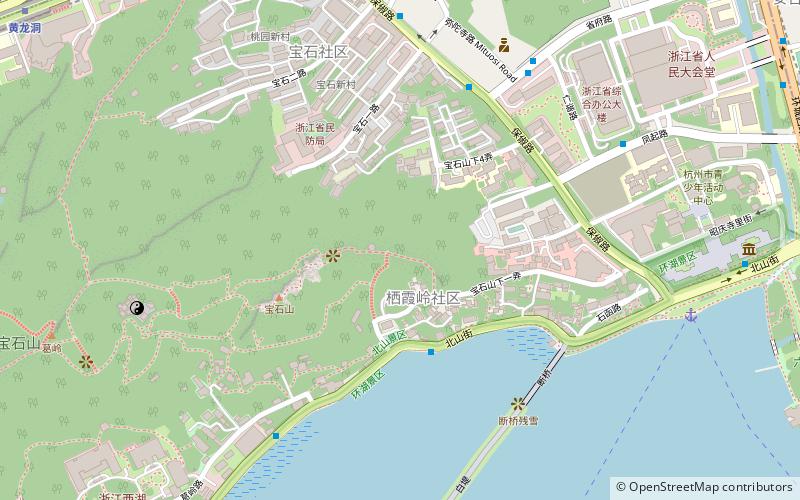
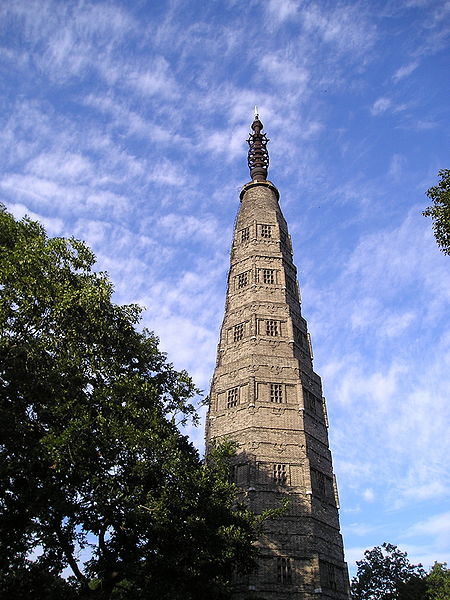
Facts and practical information
Perched on the lush slopes of Hangzhou's Precious Stone Hill, Baochu Pagoda stands as an enduring beacon of Chinese heritage and spirituality. This seven-story, octagonal tower, with its distinctively narrow and elegant profile, has cast its gaze upon the renowned West Lake for centuries, becoming an iconic symbol of the city.
Constructed during the Northern Song Dynasty in the 10th century, Baochu Pagoda was originally built to pray for the safe return of a local king from a distant battle. The name "Baochu" translates to "protect Chu," referring to the king's name. Over the ages, the pagoda has weathered both natural and human-inflicted challenges, undergoing several reconstructions, the most recent being in the early 20th century.
Standing at a modest height of 45 meters, Baochu Pagoda may not tower over the landscape as some of its contemporaries do, but its historical significance and architectural finesse make it a must-visit temple for those exploring Hangzhou's rich tapestry of cultural landmarks. Each of its stories is marked by intricately carved eaves, contributing to the pagoda's refined and airy appearance.
While visitors cannot enter the pagoda, it is an unmissable sight for tourists in Hangzhou, often serving as a picturesque backdrop for photographs, especially when framed by the scenic beauty of West Lake. The pagoda is also a popular spot for locals and travelers alike to observe traditional festivals and fireworks, particularly during the Lunar New Year and the West Lake Expo.
Baochu Pagoda – popular in the area (distance from the attraction)
Nearby attractions include: West Lake, Zhejiang Provincial Museum, Manao Temple, Wenlan Pavilion.
Frequently Asked Questions (FAQ)
Which popular attractions are close to Baochu Pagoda?
How to get to Baochu Pagoda by public transport?
Bus
- 葛岭(断桥残雪) • Lines: 117, 507H (8 min walk)
- 省府大楼西 • Lines: 16, 6, 73 (7 min walk)
Metro
- Wulinmen • Lines: 2 (19 min walk)
- Fengqi Road • Lines: 1, 2 (23 min walk)
